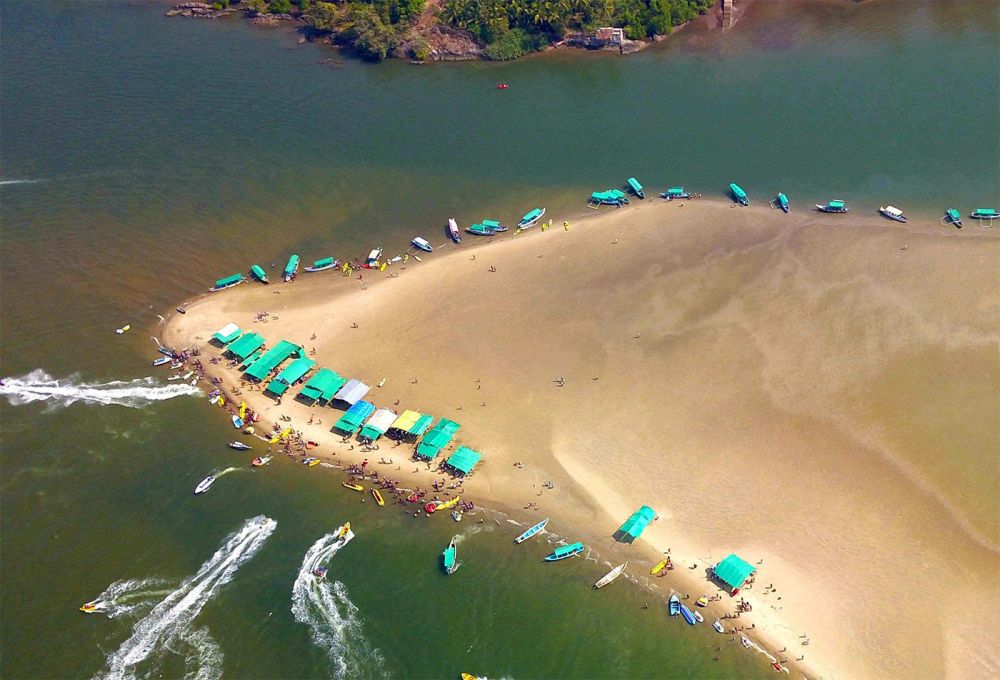

The quaint Tsunami Island, located close to the scenic coastal town of Tarkarli in Maharashtra, India, has a relatively young history in terms of tourism. This picturesque destination gained popularity after the unfortunate event of the 2004 Tsunami, hence the name 'Tsunami Island.' Contrary to what the name might imply, the island was not formed by the tsunami but was named so due to the increased awareness of tsunamis after the event.
Tarkarli and its surrounding regions, including Tsunami Island, were initially known primarily to local travelers and a few nature enthusiasts looking for serene beaches and the Konkan coast's untouched natural beauty. Traditional activities like fishing and boating were the mainstay of the local economy with tourism being a secondary activity.
Over the years, the Maharashtra Tourism Development Corporation (MTDC) recognized the potential of Tarkarli and its surrounding areas, including Tsunami Island. In the early 2000s, they began promoting it as a premiere beach destination. Subsequently, Tarkarli was developed into a center for water sports which attracted tourists to Tsunami Island for leisure and adventure activities.
Recognizing the pristine beauty and the tourism potential of Tsunami Island, the government and various travel and tourism stakeholders have heavily invested in the region's infrastructure. From the introduction of scuba diving facilities to the implementation of eco-tourism policies to protect the local marine life and environment, tourism on Tsunami Island has become more sustainable and tourist-friendly in recent years.
Today, Tsunami Island is famed for its clear waters, water sports, and tranquil environment. Among the latest trends, ecotourism is taking a front seat, with emphasis on conserving the island's natural ecosystems. Adventure tourism has also spiked with activities such as jet skiing, parasailing, and banana boat rides being incredibly popular. The island has seen a surge in domestic travelers, especially after travel restrictions due to global events forced many to look for holiday options within the country.
With the increased focus on sustainability, actions such as limiting the number of visitors during peak seasons and promoting off-season travel to reduce the environmental impact are being put into place. Local initiatives have also aimed at supporting community-based tourism, which allows tourists to engage with local cultures and traditions, providing a more immersive and responsible travel experience.
Despite its relatively short history as a tourism hub, Tsunami Island has become an integral part of the coastal circuit in Maharashtra’s tourism landscape. The gentle blend of adventure, serenity, and cultural exposure offered at Tsunami Island looks set to continue attracting and enchanting tourists from around the world.